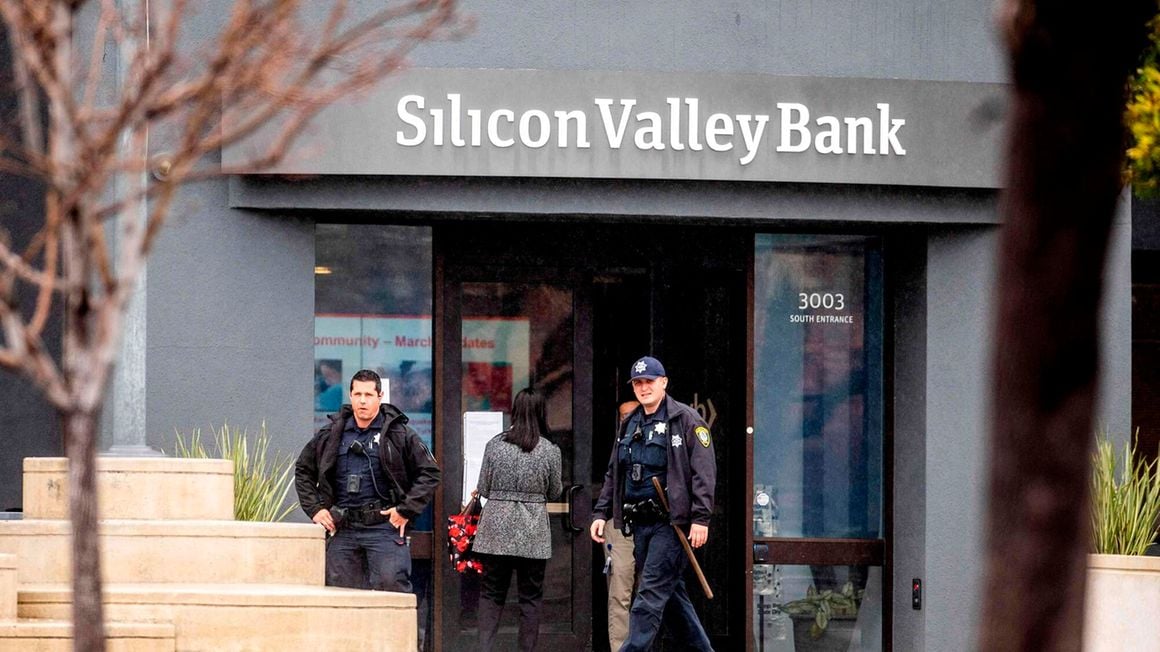
Police officers leave Silicon Valley Bank’s headquarters in Santa Clara, California on March 10, 2023. US authorities swooped in and seized the assets of SVB after a run on deposits made it no longer tenable for the medium-sized bank to stay afloat on its own. PHOTO | NOAH BERGER | AFP
face numerous risks that could potentially jeopardise their operations, reputations, and financial performance, and must be prepared to face them in order to achieve their
goals and maintain long-term success.Risks can arise from a variety of sources, including operational issues, fraud, cyber-attacks, regulatory non-compliance, governance failures or natural disasters.
Without a robust enterprise risk management (ERM) framework, organisations may struggle to identify and mitigate these risks, leading to severe consequences.
It is crucial for organisations to have a risk management framework; the lack of which could ultimately lead to their collapse.
An ERM framework is a systematic approach to identifying, assessing, and managing risks across an organisation.
It provides holistic views of the risks an organisation is exposed to and a structured process for risk identification, analysis and response that enables organisations to proactively manage risks rather than reacting to them.
Having an ERM framework in place will help ensure regulatory compliance, protect brand reputation, enhance decision-making, improves financial performance and identify and manage emerging risks.
Poor risk management can have far-reaching consequences for organisations leading to financial losses, reputational damage, legal issues, and even bankruptcy across industries.
Businesses that fail to identify and manage risks effectively may find themselves facing a range of challenges that can impact their operations, employees, and stakeholders. Implementing a robust ERM framework, therefore, is crucial for any organisation to manage the impact of (potential) risks.
Very recently we have seen the collapse of Silicon Valley Bank (SVB), a California-based lender that primarily served the technology industry.
It was founded in 1983 and quickly became a leading financial institution for tech start-ups.
The closure by the Federal Deposit Insurance Corporation (US) was triggered by a run on the bank after they announced a $1.8 billion loss in the sale of treasuries and securities leading to a liquidity crisis.
This announcement caused jitters in investors. SVB was unable to foresee the speed at which depositors were withdrawing money from the bank which required them to raise capital in an attempt to cover for the losses in sales of their investment securities and sent their stock crashing.
The lack of risk oversight at the bank with the chief risk officer position not being filled for almost eight months in 2022 worsened the situation.
This lack of oversight left the organisation unaware of the emerging risks in their portfolio as well as the inadequacies in their market and liquidity risk management.
There was also a lack of appreciation of risk management and risk expertise at the Board level who were unable to challenge management regarding the risks they were exposed to and the mitigative actions in place.
It is very apparent that poor liquidity risk management amongst other factors led to the SVB’s collapse.
Closer home, we have seen the collapse of a bank due to poor ERM management processes. The bank was placed under receivership following revelations of fraudulent practices and a major accounting scandal.
Poor ERM led to the collapse of the Bank. The bank had failed to put in place robust ERM management processes to identify and manage risks, leading to the accounting fraud that led to its collapse.




No comments :
Post a Comment